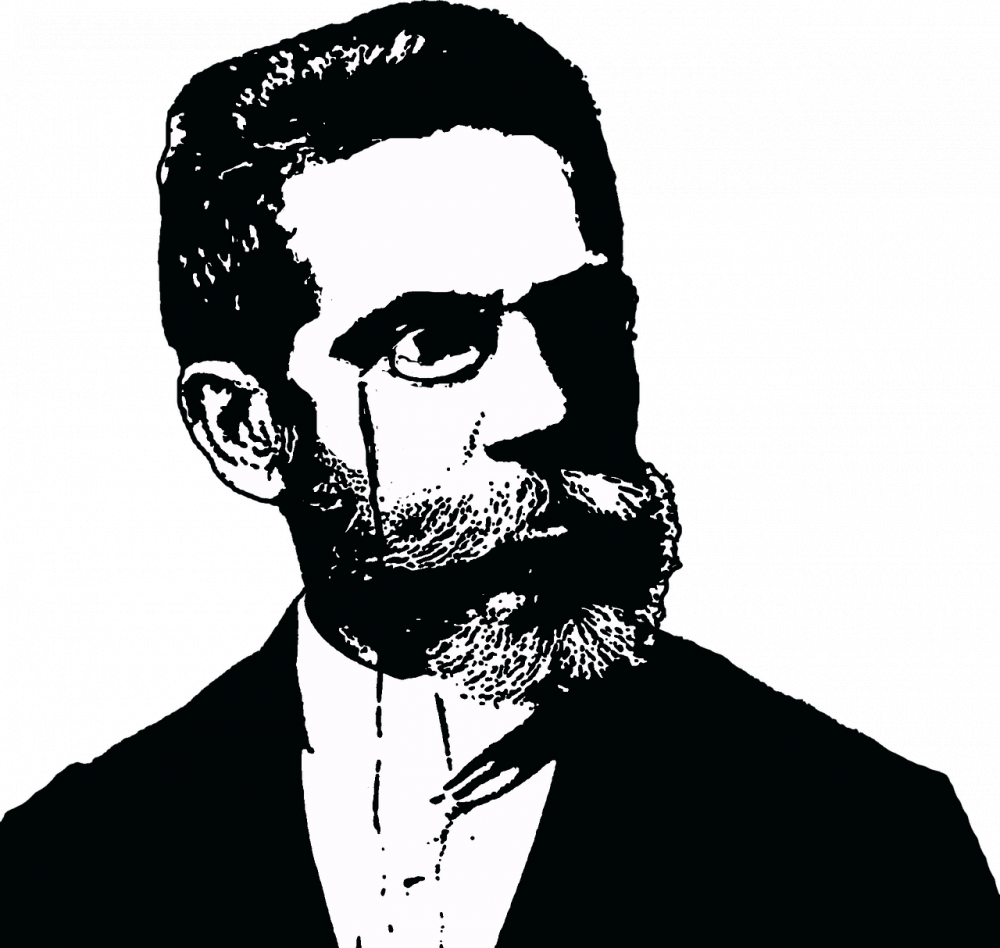Jane Austen Books: A Journey through Time and Literature

Introduction:
From the picturesque landscapes of the English countryside to the intricate social lives of the gentry, Jane Austen books have captivated readers for centuries. With their timeless themes and witty storytelling, Austen’s novels continue to resonate with audiences today. In this article, we will explore the importance of Jane Austen books, their historical development, and their enduring appeal for art enthusiasts and collectors.
I. The Importance of Jane Austen Books:

– Jane Austen’s novels are revered for their keen observations of human nature and social dynamics. With her sharp wit and insightful commentary, Austen offers readers a glimpse into the complex world of Regency-era England.
– Austen’s characters, such as Elizabeth Bennet in “Pride and Prejudice” and Emma Woodhouse in “Emma,” have become iconic figures in literature. Through their experiences, readers can explore themes of love, class, and personal growth.
– The enduring popularity of Austen’s books is evident in their numerous adaptations in film, television, and stage. These adaptations not only bring Austen’s stories to life but also contribute to the continuous interest in her works.
II. Historical Development of Jane Austen Books:
– Jane Austen’s writing career began in the late 18th century, a time when novels were gaining popularity as a form of entertainment. Austen’s first novel, “Sense and Sensibility,” was published in 1811, followed by “Pride and Prejudice” in 1813.
– During Austen’s lifetime, her novels were published anonymously, and she achieved moderate success as an author. However, it was only after her death in 1817 that her brother Henry revealed her identity as the author of her works.
– In the Victorian era, Austen’s novels experienced a resurgence in popularity. Their wit and social commentary appealed to a changing society, and her books became a symbol of female literary accomplishment.
– Throughout the 20th century, Austen’s books continued to gain recognition and critical acclaim. Scholars and literary critics praised her ability to depict the nuances of human relationships and her influence on subsequent generations of writers.
III. Featured Snippet Optimization:
1. Key Elements of Jane Austen Books:
– Timeless themes of love, class, and personal growth.
– Wit and insightful commentary on human nature and social dynamics.
– Iconic characters like Elizabeth Bennet and Emma Woodhouse.
– Numerous adaptations in film, television, and stage.
2. Historical Development of Jane Austen Books:
– Austen’s novels published anonymously during her lifetime.
– Recognition and appreciation in the Victorian era.
– Resurgence in popularity in the 20th century.
– Ongoing critical acclaim and influence on subsequent writers.
3.
section:
– To enhance the reader’s experience, watch this video that delves deeper into the world of Jane Austen books and their cultural impact.
Conclusion:
Jane Austen books have transcended time to become cherished literary treasures. Their ability to capture the essence of human relationships and social intricacies has ensured their enduring appeal for generations. From their humble beginnings to their current status as beloved classics, Austen’s novels continue to inspire and captivate art enthusiasts and collectors alike. Embrace the world of Austen and discover the timeless brilliance contained within her literary creations.





